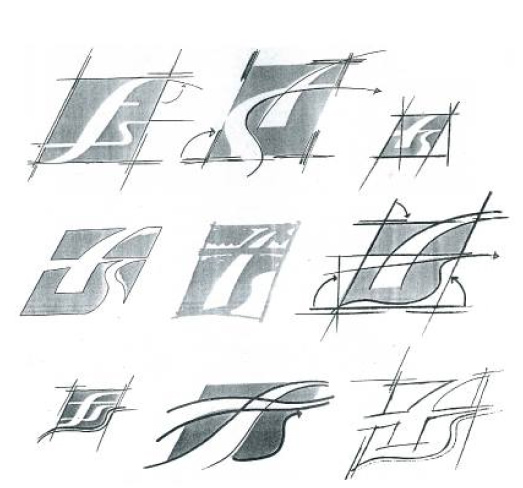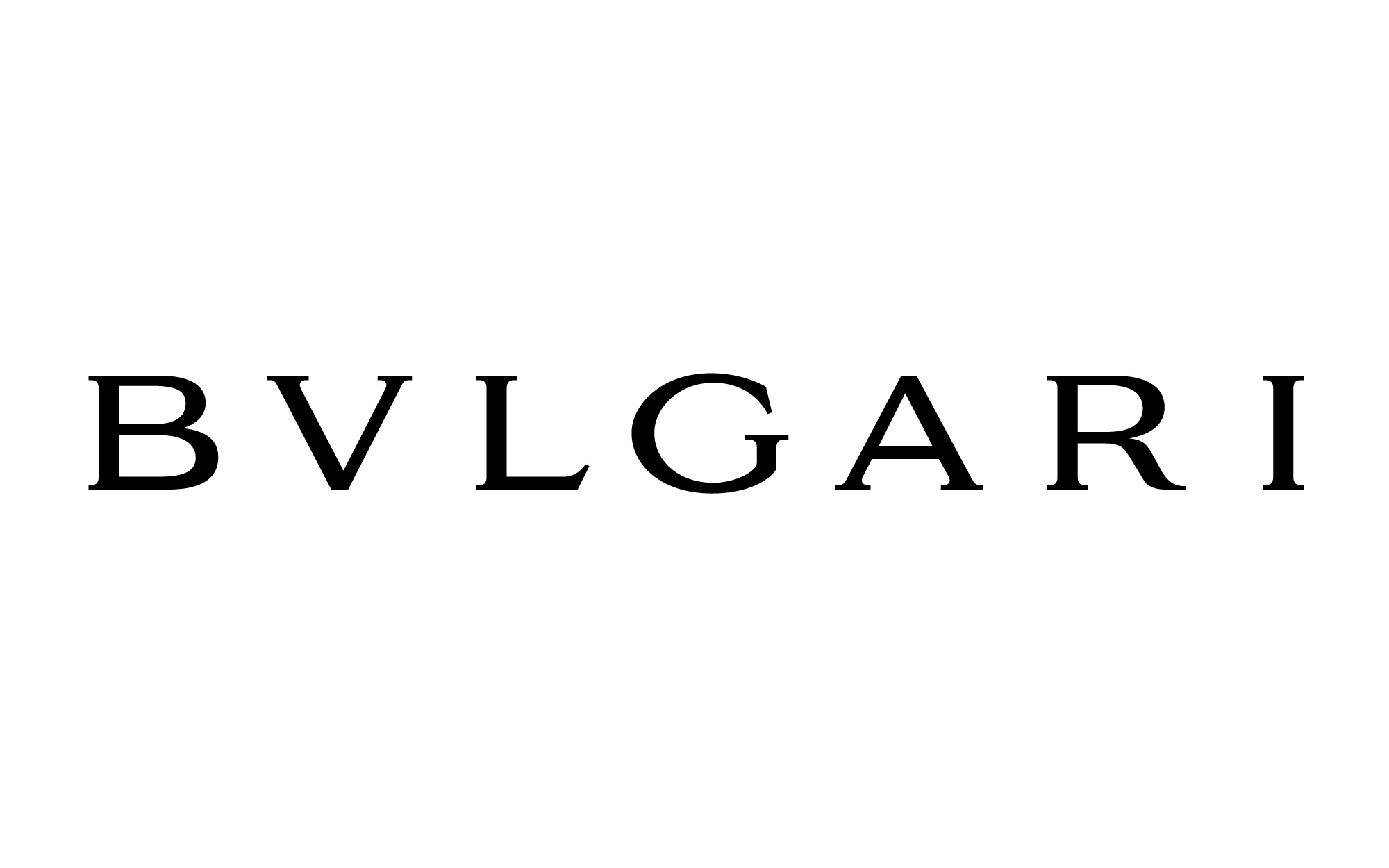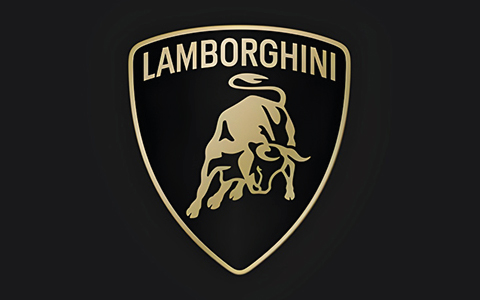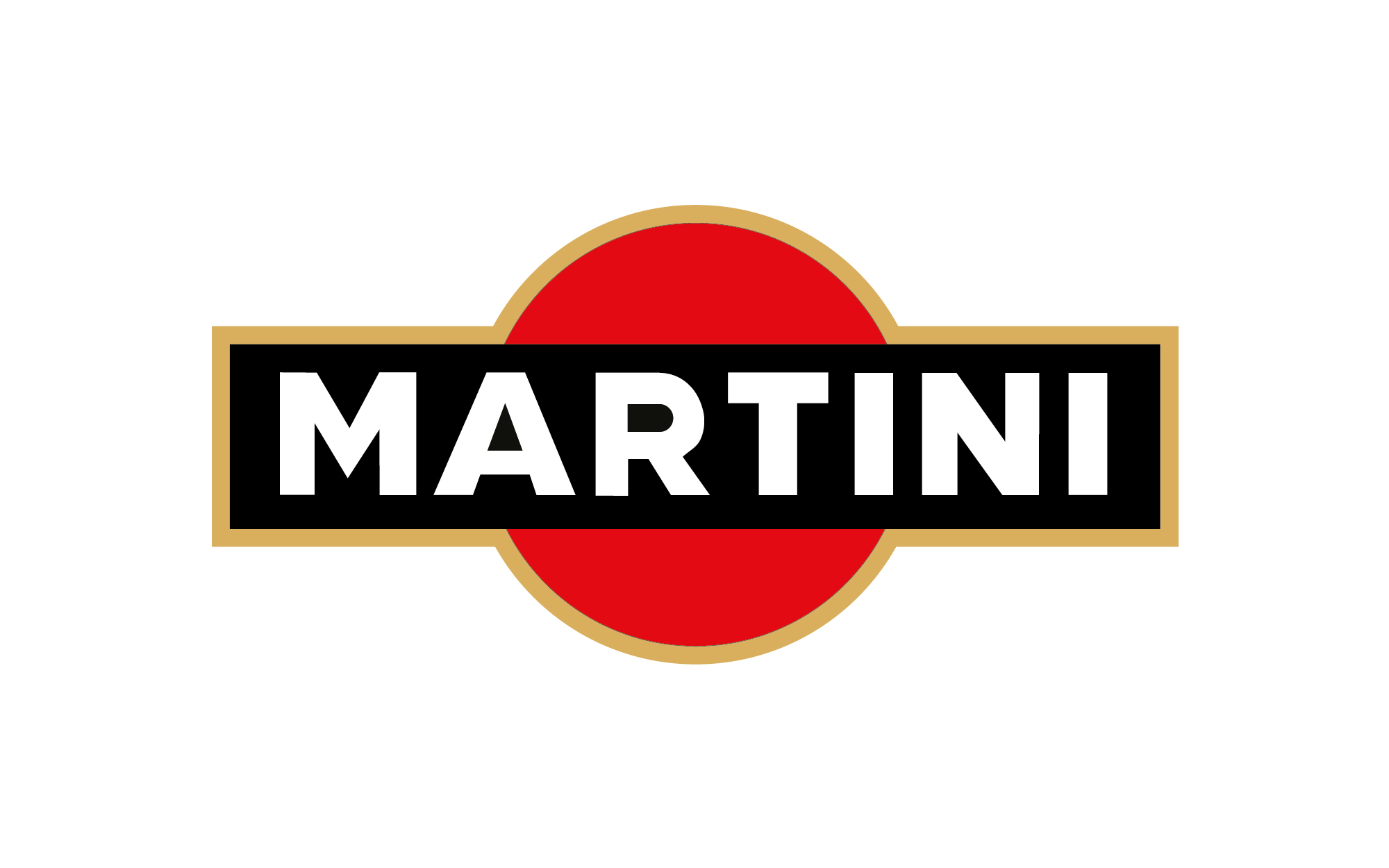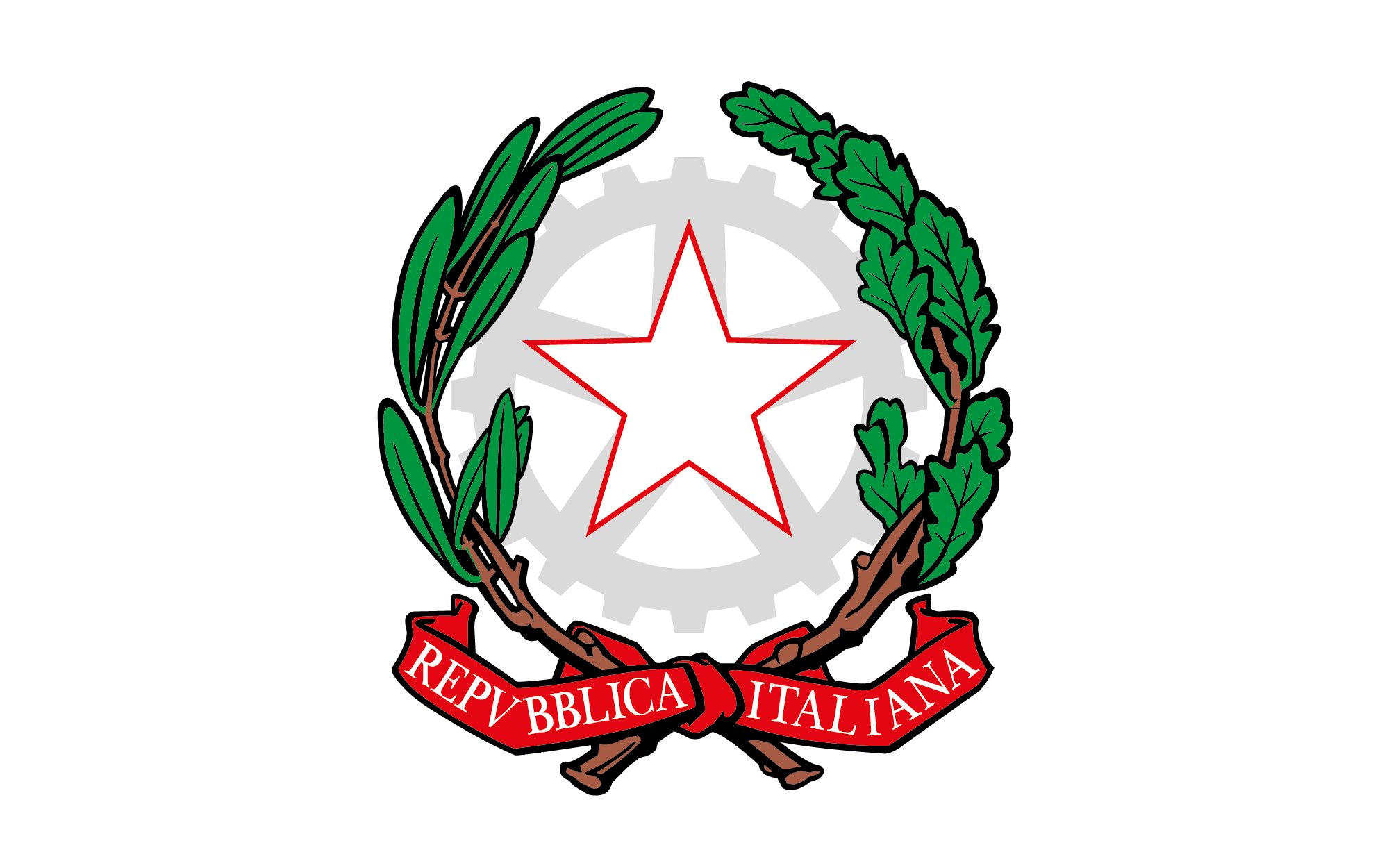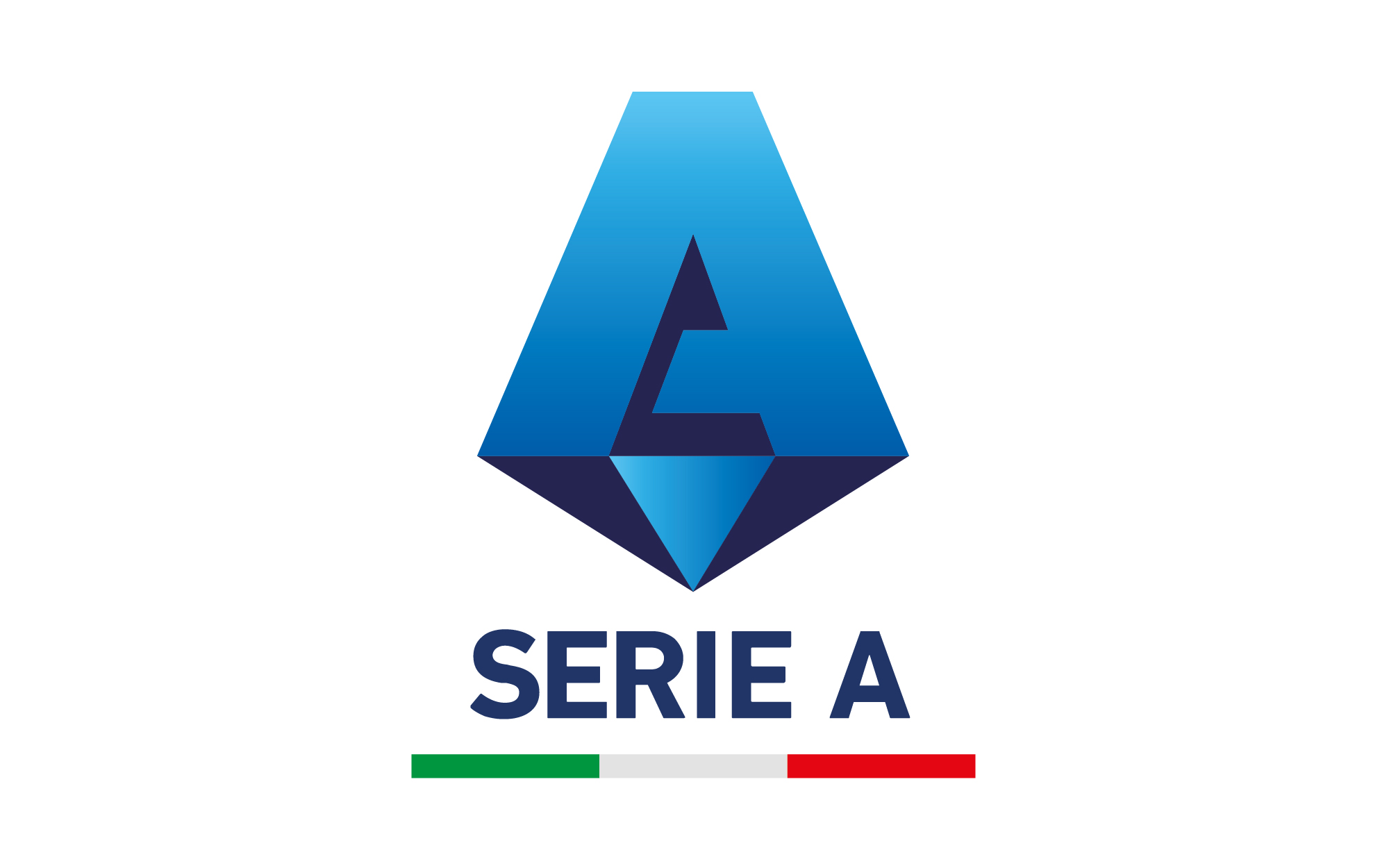HIGHLIGHTED LOGOS
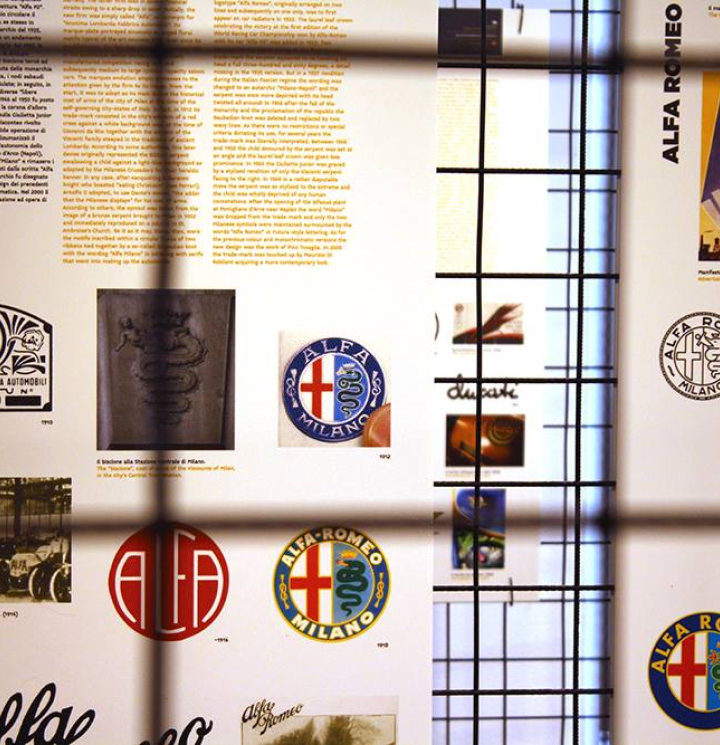
MUSEO DEL MARCHIO ITALIANO
A large visual documentation based on an accurate historical-graphic research on the evolution, change and restyling of the main Italian brands. This virtual museum acts as a polarizer of the iconographic tracing of Italian industrial and graphic history, contributing to its deepening and enhancement; it also represents an in-depth account of the visual history of “made in Italy” from which the fluctuations of taste, styles and trends emerge. These values have led Italian artisanal and industrial production to excel in international commercial competition.
the routes
A VIRTUAL MUSEUM
A large visual documentation based on an accurate historical-graphic research on the evolution, change and restyling of the main Italian brands. This virtual museum acts as a polarizer of the iconographic tracing of Italian industrial and graphic history, contributing to its deepening and enhancement; it also represents an in-depth account of the visual history of “made in Italy” from which the fluctuations of taste, styles and trends emerge. These values have led Italian artisanal and industrial production to excel in international commercial competition. Just as the Italian product has remarkable manufacturing qualities, attention to detail, fantasy of design and shapes, so too the brand should equally convey these excellences.
